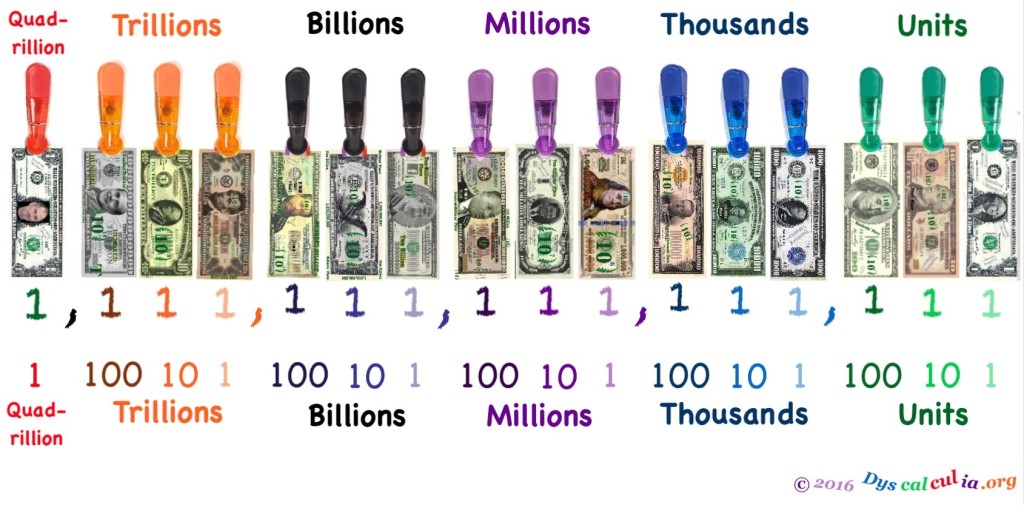Science Seen Physicist and Time One author Colin Gillespie helps you understand your world.
Planck-scale physics is in line to give a huge boost to the economy
A quadrillion here, a quadrillion there, and pretty soon you’re talking about real money.
– With a tip of the hat to U.S. Senator Everett McKinley Dirksen
The economy has been sputtering for years; it sure could use a boost. How big a boost could it soon get from Planck-scale physics? A new answer to this question may surprise you.
Science Seen has often emphasized how deep ideas are the ultimate drivers of the economy. The idea that the universe is made of tiny quanta of space and of the relationships between them lies at the root of Planck-scale physics. Planck scale is as much smaller than an atom as an atom is our galaxy—and then by another factor of a million. It’s widely accepted that there is nothing smaller than Planck scale so this may be the deepest idea ever.
The last long economic boom came from quantum theory. At its heart lay an idea about looking into the inner works of atoms. Electrons inside atoms don’t behave like ordinary things we see. Indeed the key idea was what we cannot know. It came to be called the Heisenberg uncertainty principle.
Quantum theory led to absurd predictions. But they were confirmed by observations. The nutty stuff came with math that matched the measurements to nine-digit accuracy. This led to supervisors telling students who asked how it works to ‘shut up and calculate’. Quantum theory is a rather fuzzy idea when you think about it (if you do).
Nonetheless it does deliver for us. Today quantum theory drives a large part of the world’s economic activity and products. For example, essentially all modern manufacturing is designed, driven and controlled by applications of quantum theory. Without it we would no doubt have more than the horse-and-buggy but it would be a much poorer world.
Economists have long known that the world’s economy does not proceed smoothly. Records show that it has quarter-century-long booms between often-even-longer busts. A boom is driven by the fruits—a burst of more ideas, and innovations and inventions—of a single deep idea or, less often, two.
It can take decades for a deep idea to give rise to visible results. Right now we’re looking from the inside of a bust. But the deep idea behind Planck-scale physics has been incubating for some time. If it gets its fair share of attention—which right now it isn’t—it could soon be ripe for economic consequences.
Now retired, British economist Alan Freeman is proposing just how big a boom the cascade of innovation from Planck-scale physics could provide. He bases his estimate on a current projection of what happened before. He foresees a twenty-five-or-more-year boost of 50% to 100% to the world economy, which he sets (perhaps conservatively) at $80 trillion per year.
From his figures we can calculate a simplified order of magnitude for the likely boost to the economy from Planck-scale physics. It works out to one or two quadrillion U.S. dollars.
What Senator Dirksen actually said—with measured sarcasm—was ‘… a billion here, a billion there….’ A quadrillion is a million billion. Real money indeed!
The obvious question is: Who is working to move this boost along? The less obvious answer is: Hardly anybody. You can do yourself and the next generation a big favour: Ask your nearest politician what they intend to do about this. The few minutes that it takes could be by far the best investment you will ever make.
Don’t be surprised if they have not yet heard of Planck-scale physics. Send them the link to Freeman’s paper. And pass on the good news to your friends. There was not a lot to spread around last week.
Image credit: Discalculia, http://www.dyscalculia.org/math-tools/money


No comments yet.